
This is where you find all our press releases and news articles.
Caragana korshinskii biological feed is a systematic project based on modern biotechnology and physical processing. Firstly, the fermentation bacteria of korshinskii must be screened, separated and purified. After years of research by the research group, it has been screened specifically for Caragana korshinskii. Compound strain modulator for shrub treatment. The second is to stubble, crush, process and ferment the korshinsk. Through biotechnology processing, the caragana biological feed not only tastes fresh and fragrant, but also effectively improves the digestibility, utilization rate, conversion rate, and palatability, so that forage with poor palatability, strong hardness, and difficult to absorb nutrients can be transformed into green organisms. Fermented feed. Realize the efficient and reasonable utilization of forage resources, improve breeding efficiency, increase the income of farmers and herdsmen, and increase the total utilization rate of forage materials through biological processing by more than 25%. The available nutrients are increased by more than 20%, the feeding speed is significantly accelerated, and the weight gain and milk increase rate of the fed livestock are significantly improved.
This technology not only solves the problem of forage resources in animal husbandry, but also enables the efficient use of valuable forage resources, is conducive to the adjustment of the agricultural and animal husbandry structure and optimization of animal husbandry methods, is conducive to overwintering, disaster prevention and livestock preservation, and is conducive to the ecological environment Construction and protection will help farmers and herdsmen increase their income and social stability, improve the feed industry, and help drive deeper research and technological development in the conversion of biological forages, and through the cutting of Caragana korshinskii Stubble is more conducive to the restoration and protection of the ecological environment. The social, economic and ecological benefits are all obvious.

Caragana Korshinskii
1.1 The effect of feeding sheep
Li Aihua and others used Caragana korshinskii powder (tested Caragana korshinskii was cut from the end of September to early November and processed into grass powder after drying). The results showed that the tan sheep of the Caragana korshinskie group increased The weight is 150.0% higher than the control group, and the difference is extremely significant (P<0.01); the carcass weight, net meat weight, slaughter rate, and net meat rate are 34.9%, 41.7%, 11.3% and 16.5% higher than those of the control group, respectively. In the spring, Luo Huidi and others cut the 2-3 year-old branches of Caragana korshinskii that did not germinate into short sections of 1~3cm, and carried out feeding experiments on hybrid sheep of Boer goat, Boer goat and local black goat, and found that Caragana korshinskii replaced the foundation. Between 50% and 70% dry corn stalks in the diet and dry corn stalks alone, there was no significant difference in the daily gain of sheep (P>0.05); during the breastfeeding period of winter and spring ewes, Caragana korshinskii was the only sheep Rough feed, supplemented with 0.25 kg of concentrated feed, not only preserved the condition of the sheep, but also had a daily gain of 8.33 g. Zhang Ping's use of korshinsk and corn stalks to feed big-tailed Han sheep, the results can significantly improve the sheep’s feed intake, feed intake and feed efficiency; from the perspective of weight gain and economic benefits, the matching ratio is 2/3 Strips and 1/3 corn stover are the best. Wang Ding also pointed out that in the process of using Caragana korshinskii, attention should be paid to the matching of forages, and the feeding ratio of Caragana korshinskii should be controlled not to exceed 50% to 65%. It is recommended to use more than 2 years of raw korshinskii in production. This is because the two-year-old Caragana korshinskii has relatively thin branches, low lignification, higher feed utilization rate of sheep, better feeding value, and more economical and reasonable. The above reports all show that Caragana korshinskii has a good feeding value in sheep breeding.
1.2 The effect of feeding cattle
Wang Cong and others divided 54 Holstein cows into 9 groups and fed them with chopped, crushed, and crushed korshin during the flowering period of the year, and chopped, crushed, crushed korshinsk during the fruiting period of the year, and chopped old branches from previous years. , Crushed and crushed Caragana korshinskii, the results showed that the feed intake and daily weight gain of Caragana korshinskii were best processed in the fruiting period of the year, and the average cost per kilogram of weight gain was also the best in the fruiting period. Yang Xiaomin et al. used the leafless branches of Caragana korshinskii to replace the coarse feed of lactating cows (25%-30%). The results showed that the leafless branches of Caragana korshinskii still had certain feeding value, and they could replace part of the roughage of the ration to feed lactating cows. , While maintaining normal milk production levels, milk fat, milk protein, lactose and milk dry matter all have a tendency to increase. Fang Shujiao et al. replaced part of the coarse feed (7.5%-15.0% corn silage and 7.5%-15.0% alfalfa hay) with korshinskii to feed dairy cows in mid-lactation and obtained similar test results. The dry matter intake and There was no significant difference in milk production, and the milk fat rate increased slightly.
1.3 The effect of feeding rabbits
Ren Keliang et al.'s experiment selected 45-48-day-old meat rabbits, and replaced the same amount of cereal grass with 10.0%, 20.0% and 33.4% of Caragana korshinskii. The results showed that compared with the control group, 10%-20% was added to the growing meat rabbit diet. % Caragana korshinskii has no difference in daily feed intake, daily gain, feed-to-weight ratio, carcass weight, slaughter rate, net meat rate, meat-to-bone ratio, heart, lungs, liver, kidney, etc.; while adding 33.4% Caragana korshinskii The daily feed intake and daily weight gain were significantly lower than those of the control group (P<0.05), indicating that it is feasible to add 10% to 20% Caragana korshinskii in the diet of growing rabbits, and the cost of the diet is lower.
Feng Wang et al. used physical, chemical, and biological treatment technologies to process Caragana korshinskii, and the results showed that: Caragana korshinskii was crushed and pelleted and fed to livestock, the feed intake increased by 20.00% to 30.00%, and the utilization rate increased by 50.00%; with 3% to 5 Compared with untreated Caragana korshinskii, the feed intake of ruminants was increased by 15.00%, digestibility was increased by about 20.00%, and crude protein content was increased by 6.2%; when ammoniated, 5% corn was added compared with no addition. The crude protein content of corn treatment increased by 0.40% and the crude fiber content decreased by 2.77%; compared with the untreated korshinsk, the crude protein content of the puffing treatment was increased by 1.50%, the crude fiber content was decreased by 2.46%, and the nitrogen-free extract content was increased by 2.01% (Lemon Adding 5% urea during puffing is beneficial to increase the crude protein content); the crude protein content of Caragana korshinskii silage does not change much, but the crude fiber content decreases by 1.60%; the crude protein and crude fiber content of Caragana korshinskii micro-storage does not change much. But the content of nitrogen-free extract increased by 2.59%.
Xiang Kaifeng et al. used the nylon bag method to study the effect of micro-storage treatment on the degradation rate of the nutrient components of Caragana korshinskii, and the results showed that: The addition of enzymes in the process greatly promoted the degradation of caragana lignin. Under the condition of maintaining the level, the dynamic degradation rate of lignin increased from 8.40% to 19.44%, an increase of 11.04%. Wen Xuefei and other studies showed that the crude protein content of fresh korshinsk was increased by 6.62%, the crude fiber content was decreased by 7.64%, and the lignin content was decreased by 5.30% after micro-storage; the crude protein content of air-dried korshinsk was increased by 6.01%, and the crude fiber content was decreased by 3.64 %, the content of lignin was reduced by 5.34%; Tan sheep was fed with micro-storage feed. The test group had 76g higher daily weight gain than the control group, and the feed-to-weight ratio was 9.02 lower. The sheep saved 4.64 RMB in feed cost per kilogram of weight gain, and the effect was obvious.
Wen Xuefei et al. fed Tan sheep with straw powder plus concentrated feed, full-price compound feed of Caragana korshinskii powder, and full-price feed of Caragana korshinskii pellets. The results showed that the complete feed of Caragana korshinskii pellets had the best feeding effect. Zhang Pingping divided 75 castrated big-tailed Han sheep into 3 groups at random, and fed them with crushed korshinsk, crushed korshinsk and chopped korshinsk, according to daily gain, the degree of saving of ingredients, feed intake rate and cost, etc. It is believed that the best processing method for korshinsk is crushed.
Wu Haixia compared the changes in nutrient content before and after expansion of Caragana korshinskii and its in vitro digestion characteristics, and considered the processing cost, and determined the appropriate range of expansion utilization of Caragana korshinskii in different flat cropping intervals from the perspective of feed. The results showed that the non-flat cropping and 2 years The best diameter range of the branches of Caragana korshinskii with one flat stubble was below 1.0cm. After the puffing of Caragana korshinskii with one flat stubble in a year, the digestibility increased from 27.12% to 41.12%, and the whole plant could be used as a source of roughage for ruminant livestock. Fu Junping evaluated the puffing technology and nutritional value of Caragana korshinskii. The results showed that the puffing effect was best under the conditions of pressure 1.0MPa, temperature 170℃, raw material moisture content 30%, and cut length of 2cm. The lignin content is the lowest and the dry matter digestibility is the highest.
The test results of Yao Zhigang et al. showed that adding salt and fruit flavors to korshinski powder can improve the palatability of korshinski and greatly increase the feed intake of cattle and sheep. Adding salt can conceal the bitter taste, and adding fruit flavor can conceal the original smell of korshinskii. Gao Wenjun and others studied the effect of additives on Caragana korshinskii silage, and found that adding sucrose and formic acid can improve the fermentation quality of Caragana korshinskii silage, increase the lactic acid content of Caragana korshinskii silage, reduce the content of ammonia nitrogen, and increase the dry matter of Caragana korshinskii silage. The preservation rate, the nitrate content decreased after silage. It shows that adding sucrose or formic acid during the silage of Caragana korshinskii can obtain silage with good fermentation quality.
3.1 Nutrient composition of different growth years
Caragana has a long life and has a long use time. Caragana korshinskii can be used from juvenile phase to adult phase after sown or flat stubble for 3 to 4 years, regardless of the growth stage, but the nutrients of Caragana korshinskii are different in different growth stages. Research by Luo Huidi et al. showed that with the increase of growth years, the content of various beneficial nutrients decreased, and the content of crude fiber increased. Among them, the crude protein content of 4-year-old korshinski was 7.44% lower than that of 1-year-old, which was a decrease of 43.03%; crude The fat content decreased by 0.61%, a decrease of 23.02%; the crude fiber content increased by 13.00%, an increase of 42.48%. The study by Gao Youna et al. is similar. The results also show that the crude protein, crude fat, nitrogen-free extract, adsorbed water, calcium and phosphorus content of Caragana korshinskii are all decreased year by year with the extension of the growth period, and the content of crude fiber and crude ash. It increases year by year, the texture becomes harder and the palatability decreases. Ma Zengwang's investigations on the growth and biomass of Caragana korshinskii showed that the best time to use the 4-year-old Caragana korshinskii as a supplementary feed was that the total weight and feed intake of the above-ground part showed a high level; while the 1-year-old Caragana spp. (The root system is 5-year-old). Because of the more sprouts and rapid growth of Caragana korshinskii after flat stubble, the above-ground part can be eaten to a high degree. Although the overall fresh weight is 14% less than that of 4-year-old Caragana, the fresh weight of the edible part and its Both indicators as a percentage of total fresh weight are better than 4-year-old Caragana. Therefore, choosing the right time, flat stubble of Caragana korshinskii can promote germination regeneration and increase feed yield.
From the perspective of the change trend of nutrient content, the nutritional value of 1-year-old korshinsk is the highest; but from the ecological point of view, 1-year-old korshinsky is in an ecologically fragile period. Once it is destroyed, it is not conducive to the recovery of the growth of korshinsky. It is in the period of rapid growth and the biological yield is low, that is, the total nutrient utilization is not the highest. From the comprehensive analysis of biological yield, rational utilization, and nutrient content, 3 to 4 years is a relatively reasonable cutting period for Caragana korshinskii.
3.2 Nutritional ingredients in different growth periods
Caragana korshinskii goes through five growth periods of dormancy, sprouting, budding, flowering, and fruiting in a year. The nutrient content of Caragana korshinskii is different in different growth periods. Luo Huidi et al. analyzed the changes in nutrient content of 3-year-old korshinskii during different growth periods, and concluded that the main nutrient content of 3-year-old korshinsky gradually increased from dormancy to flowering (crude protein increased from 8.26% to 19.61). %, crude fat increased from 2.15% to 2.85%); while the crude fiber content decreased significantly from the dormant period to the flowering period (from 48.52% to 27.92%), the conclusion that the main nutrients have changed in the direction that is beneficial to livestock utilization. The 3-year-old flowering period is the period with the highest nutritional value of Caragana korshinskii, suitable for feed. The research results of Gao Youna et al. also show that the flowering period of perennial Caragana korshinskii in early May is rich in nutrients and is the best season for utilization. Wang Cong and others collected the current year’s flowering period, the fruiting period and the previous year’s fruiting period of Caragana korshinskii, and studied the effect of cutting time on the nutritional value of Caragana korshinskii. The results showed that the crude protein content of Caragana korshinskii in the current year’s fruiting period reached 16.16%, which was higher than that of the flowering period. It was 14.29% higher, 93.76% higher than the previous year's fruit setting period; the neutral detergent fiber content reached 46.08%, 38.30% lower than the flowering period, and 55.88% lower than the previous year fruit setting period. It shows that the nutritive value of Caragana korshinskii during the fruiting period of the current year is higher, and the effective rumen degradation rate is also high, and the feeding value of the raw Caragana korshinskii cutting in the fruiting period is the best. Judging from the above reports, the 1-year-old Caragana korshinskii has better feeding value during the fruiting period, and the perennial Caragana korshinskii has a higher nutritional value during the flowering period.
3.3 Comparison of nutrient composition of Caragana korshinskii with leaves, forage grass and crop stalks
Various raw material powders and pellets
The test results of Luo Huidi et al. showed that the crude protein content in the leaves of Caragana korshinskii reached 27.5%, the crude fat content reached 3.5%, and the crude fiber content dropped to 12.3%. These components are far better than other leaves and most pastures; The main nutrient content is higher than that of various crop stalks, and its crude protein content is 3 times that of corn stalks and 5 times that of sorghum and wheat stalks. Gongjian etc. harvested the young branches of Caragana korshinskii at the initial flowering stage, and dried them naturally. After the stems and leaves were separated, they prepared Caragana korshinskii powder (stem-leaf ratio of 5:3). The measured nutritional value was very high, comparable to silage alfalfa; Caragana korshinskii powder not only has high crude protein content, but also has good protein quality. It is rich in essential amino acids, especially lysine and alfalfa grass powder (national standard first level). The content of various trace mineral elements (except selenium) Outside) are higher than the national standard first grade alfalfa meal, detailed data are shown in Table 1.
Table 1 Comparison of nutrient components of Caragana korshinskii with leaves, forage grass and straw (%)
| project | Crude protein | Crude fiber | Crude fat |
| Caragana Leaf | 27.5 | 12.3 | 3.5 |
| Locust leaf | 21.1 | 10.9 | 3.2 |
| Willow leaves | 16.4 | 16.2 | 2.6 |
| Caragana (3 years old) | 10.7 | 35.2 | 2.8 |
| Wild hay | 2.0 | 39.4 | 3.7 |
| Ryegrass | 17.0 | 20.4 | 4.9 |
| Alfalfa Hay (flowering period) | 17.4 | 38.7 | 4.6 |
| Sa Dawang | 15.7 | 25.8 | 2.5 |
| Leymus chinensis | 3.2 | 32.5 | 1.3 |
| Corn stover | 5.9 | 24.9 | 0.9 |
| Sorghum straw | 3.7 | 33.9 | 1.2 |
| Wheat straw | 3.1 | 44.7 | - |
| Silage corn | 5.5 | 31.5 | - |
| Alfalfa Silage | 15.7 | 38.4 | - |
| Caragana Powder | 16.4 | 32.4 | 3.7 |
| Alfalfa Meal | 19.1 | 22.9 | 2.3 |
4.1 Caragana korshinskii has resource advantages as feed
With the deepening of ecological construction in my country, the planting area of Caragana korshinskii has continued to expand, and the large-scale planting of Caragana korshinskii provides sufficient resources for the development of Caragana fodder.
4.2 Caragana korshinskii as feed is an important supplement to livestock feed
Lack of feed is the main limiting factor for the development of animal husbandry in our country. With a large population and small land, it is difficult for the planting industry to provide enough feed. Although the grassland area is large, it is limited by geographical and climatic conditions and the grass production is low. Caragana korshinskii is rich in nutrients and has a high protein content. It can be used as an important supplement to feed to balance protein and other nutritional elements in animal diets. Caragana korshinskii has the characteristics of simple processing and outstanding economic benefits, which can effectively alleviate the insufficient supply of forage , Broaden the source of roughage and broad development prospects.
4.3 Further broaden the processing and utilization of Caragana
The implementation of the grazing prohibition policy objectively requires continuous development, processing and utilization of forage grass. Although many scholars have conducted research on the processing and utilization of Caragana korshinskii, they have not been widely promoted. Therefore, the processing and utilization methods of Caragana korshinskii need to be further expanded. Through the development and utilization of Caragana korshinskii feed, the development and utilization of Caragana korshinskii industrialization will be promoted, farmers' income will be increased, farmers' enthusiasm for planting and management of Caragana korshinsky will be improved, and a virtuous circle will be formed, which is beneficial to ecological construction , It can also make the most of the use of Caragana for the development of animal husbandry and achieve the win-win goal of ecological construction and the development of animal husbandry.
In summary, Caragana korshinskii not only plays a prominent role in preventing wind and sand, conserving soil and water, and improving the ecological environment, but also develops new feed resources for the development of animal husbandry; therefore, the development and utilization of Caragana resources in ecological construction And the development of animal husbandry has broad application
Related Articles
Caragana korshinskii Powder Pellet Production Line
Having the right mix of reliable, high-quality pellet machine and pelletizing systems and expert support is essential to your success. Watch how our end-to-end feed pellet plant solutions have helped our customers optimize their performance.
Our customized and future-proofed turnkey pellet plant solutions is designed with you at the core. From vision to reality and beyond, our team stays connected with yours. Giving you peace-of-mind with an expert at your side.
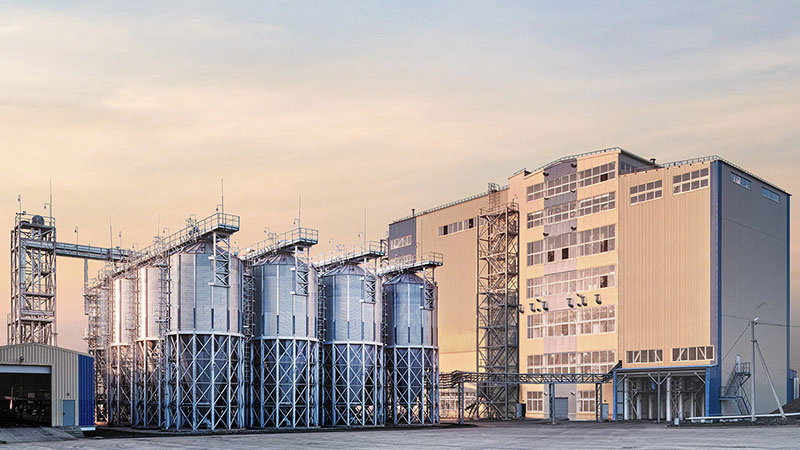
At RICHI, we go beyond project completion. With RICHI Servicee, we’re your dedicated partners in success. Count on us for expert guidance, minimal downtime, and optimized productivity. Choose RICHI for unmatched service and support.
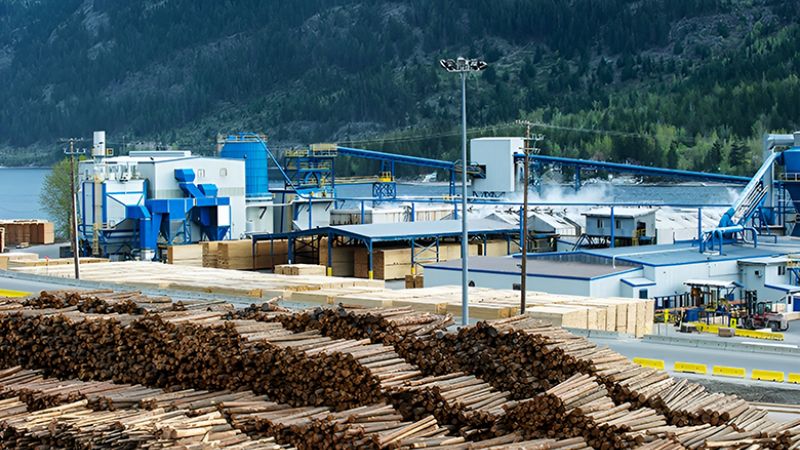
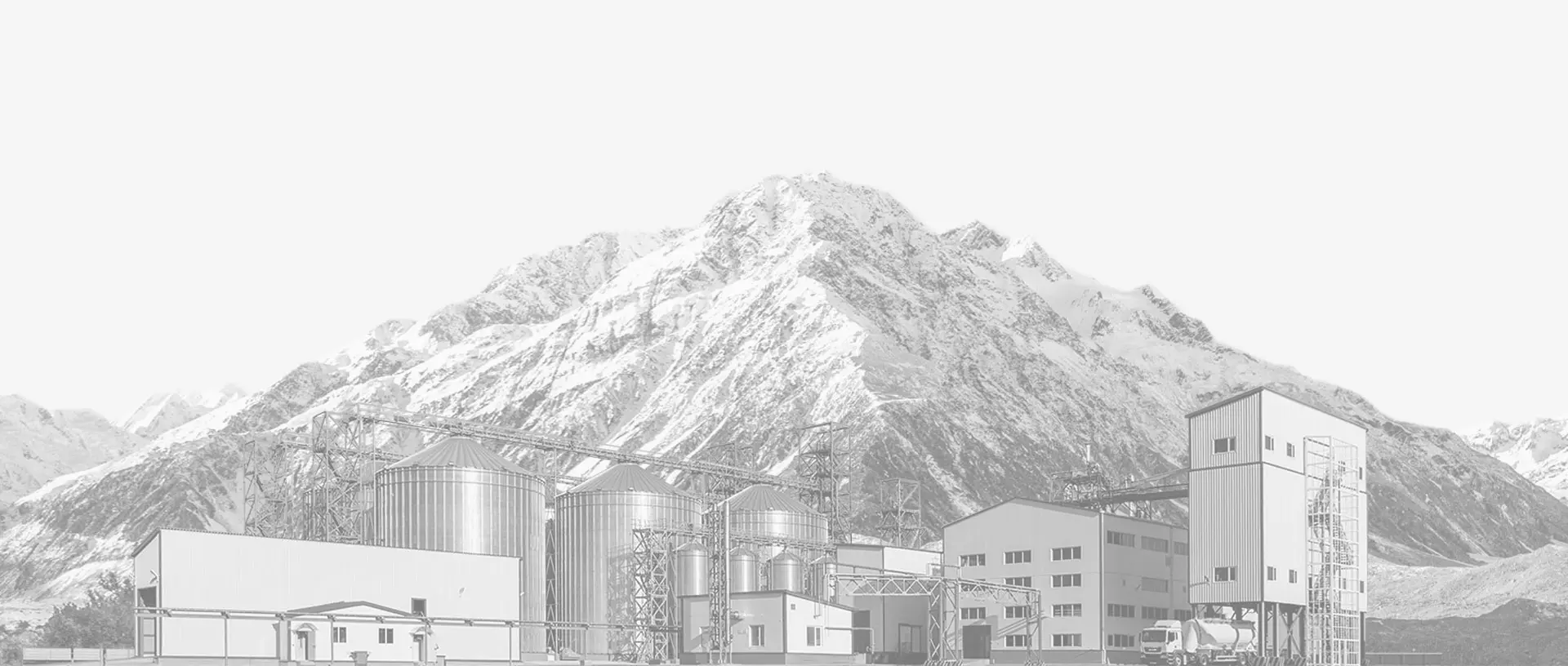

Meet global product demands and quality standards with industry-leading pellet plant design, engineering, equipment, and construction services for pellet processors.
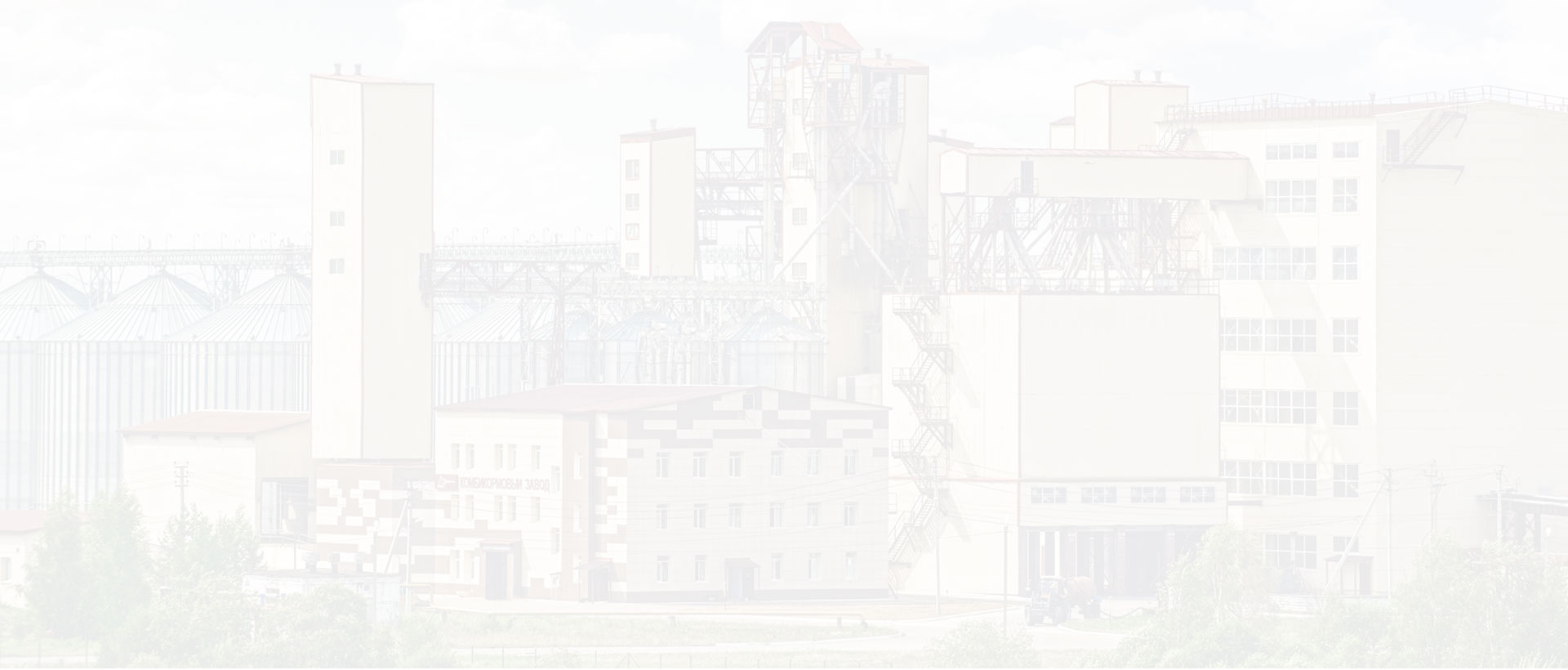
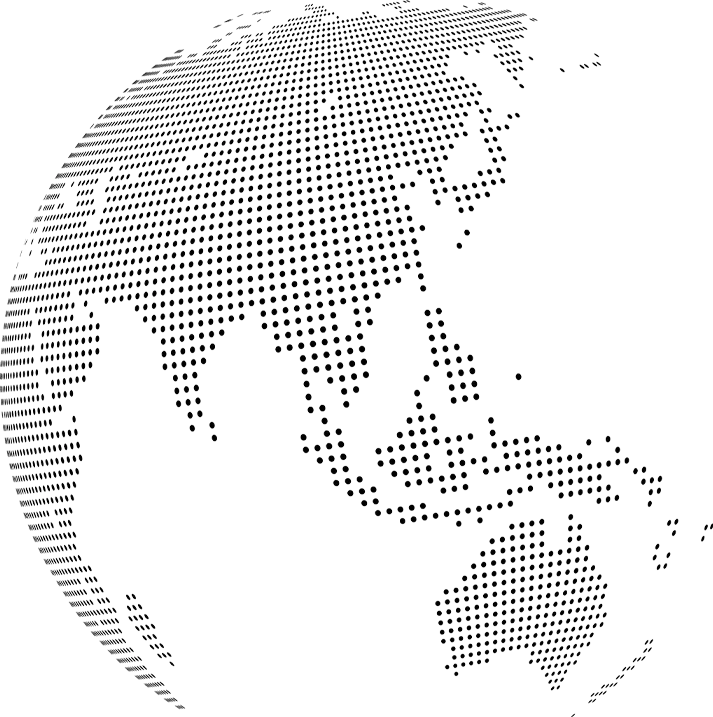
Your Partner Beyond Project Completion
2000+ cases
RICHI is the leading designer, manufacturer and builder of pellet plants in the world, completing over 2000 projects in 140 countries across 6 continents.
Read More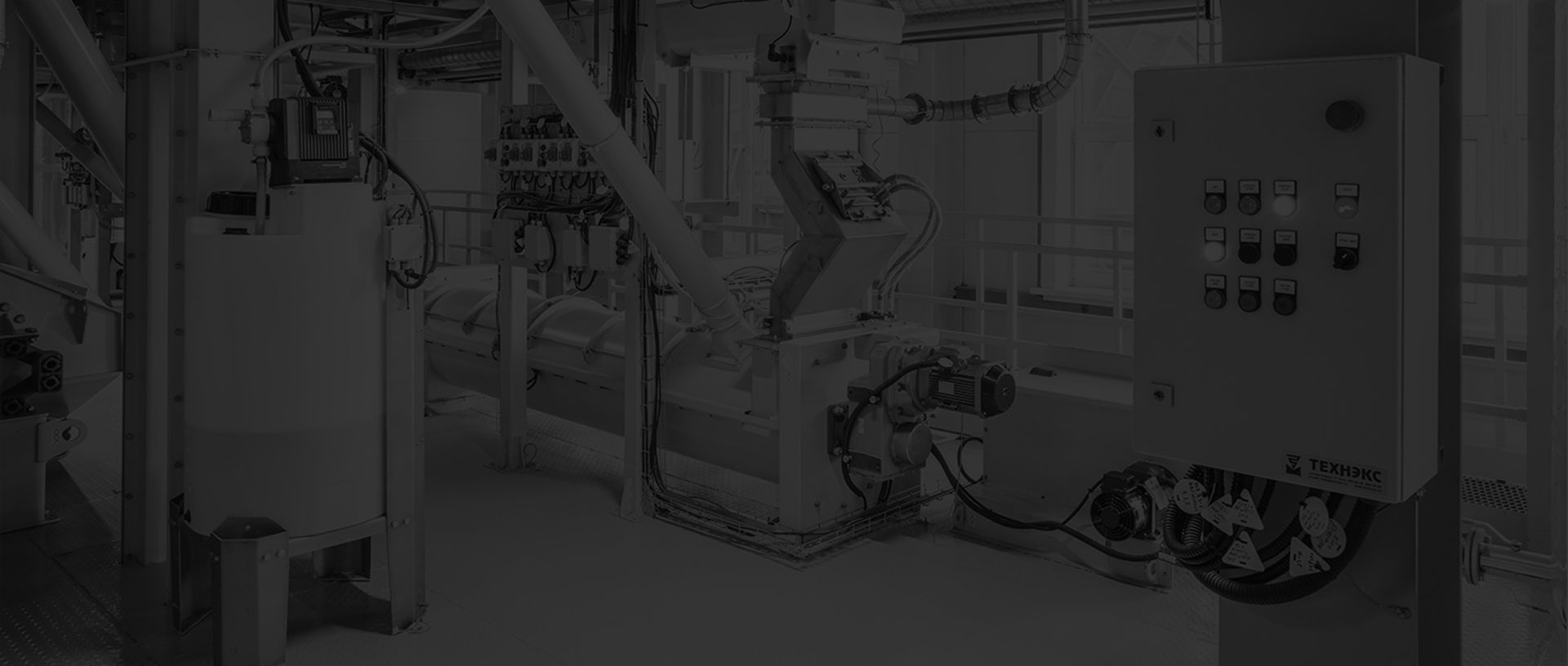
Increase plant productivity, profitability, and safety by integrating high quality equipment into your pellet production line. Over the years, RICHI has become China's top pellet equipment manufacturer. At the same time, RICHI has established valuable partnerships with the world's leading component and raw material manufacturers to bring you the best there is in technology, automation, and efficiency in pelleting plant machinery.
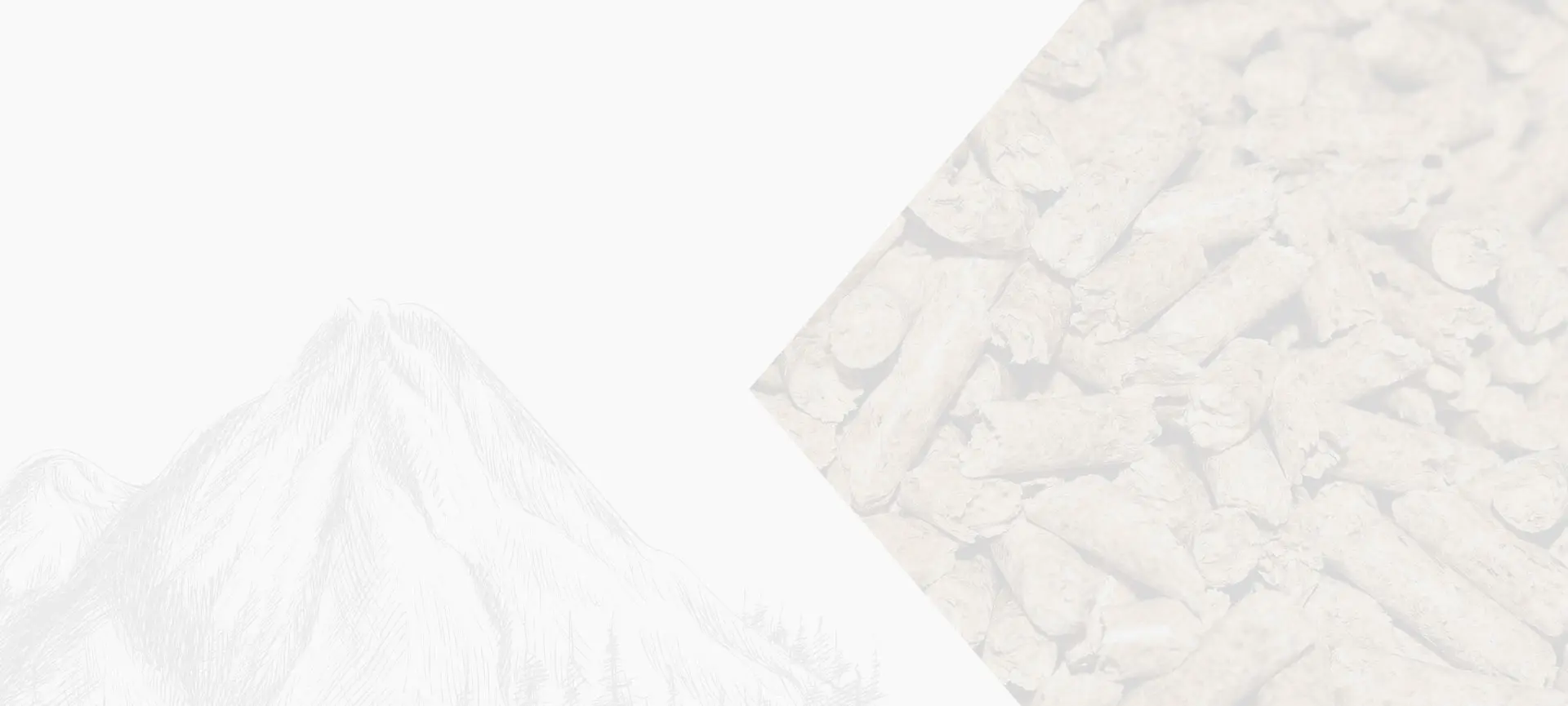
For nearly 30 years, RICHI has been providing best-in-class pellet plant equipment and services to clients across a variety of industries, sizes, and needs. We pride ourselves on the knowledge and skill that each team member possesses – from our technical sales team to our process design engineers. You can count on RICHI Machinery to take your operation to the next level of innovation, quality, and success.
Need help with your pellet manufacturing plant project? Contact us today.
ANIMAL FEED
BIOMASS
WOOD
ORGANIC FERTILIZER
AQUA FEED
CAT LITTER
MUNICIPAL WASTE RECYCLING
SPECIAL PELLET PRODUCTION
RICHI Machinery continues to deliver world class pellet mill equipment, pellet plant engineering and project solutions that add value to our customers in the animal feed, wood waste, agriculture waste, organic fertilizer, cat litter and special pellet products industries. Throughout the years, we RICHI Machinery have built strong brand, becoming industry-leading pellet machine manufacturer. We value integrity, promise quality, and prioritize your success.
Learn MoreWith our expert team, we precisely implement your process engineering requirements in pellet mill and pelletizing plant systems. No matter which industry you’re in – we understand your needs and deliver solutions that meet the highest standards.
At RICHI, quality comes first. Our pellet making machine and related pellet line equipment undergo rigorous quality controls to ensure they meet the highest standards. Rely on products that are durable, safe, and efficient.
With decades of experience in pellet machine and pellet production line production, we have earned a reputation as a trusted partner in various industries. Our expertise allows us to cover a wide range of applications.
Not only do we offer premium pelleting equipment, but we are also experts at designing, building, installing, and maintaining facilities from the ground up. Our expertise is within pellt plant process design, discovering the most efficient, productive, and profitable way to handle your materials in an end-to-end cycle.

Keeping in touch with us is an effective way to solve all your problems. If you have any needs or questions, please leave your contact information, then RICHI technical consultants will send design, quotation, videos to your mailbox. You can also contact us directly via WhatsApp: +86 13838389622
Copyright©2015-2024 by HENAN RICHI MACHINERY CO., LTD. All rights reserved.